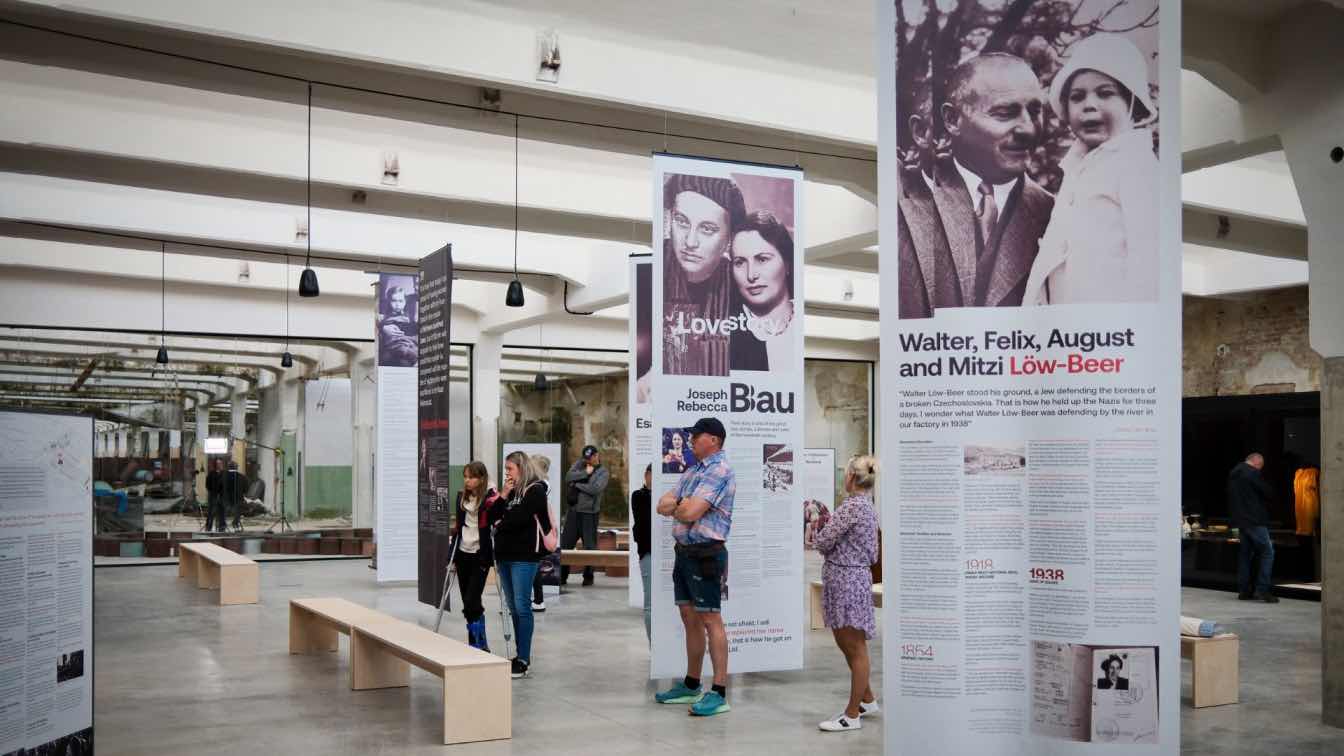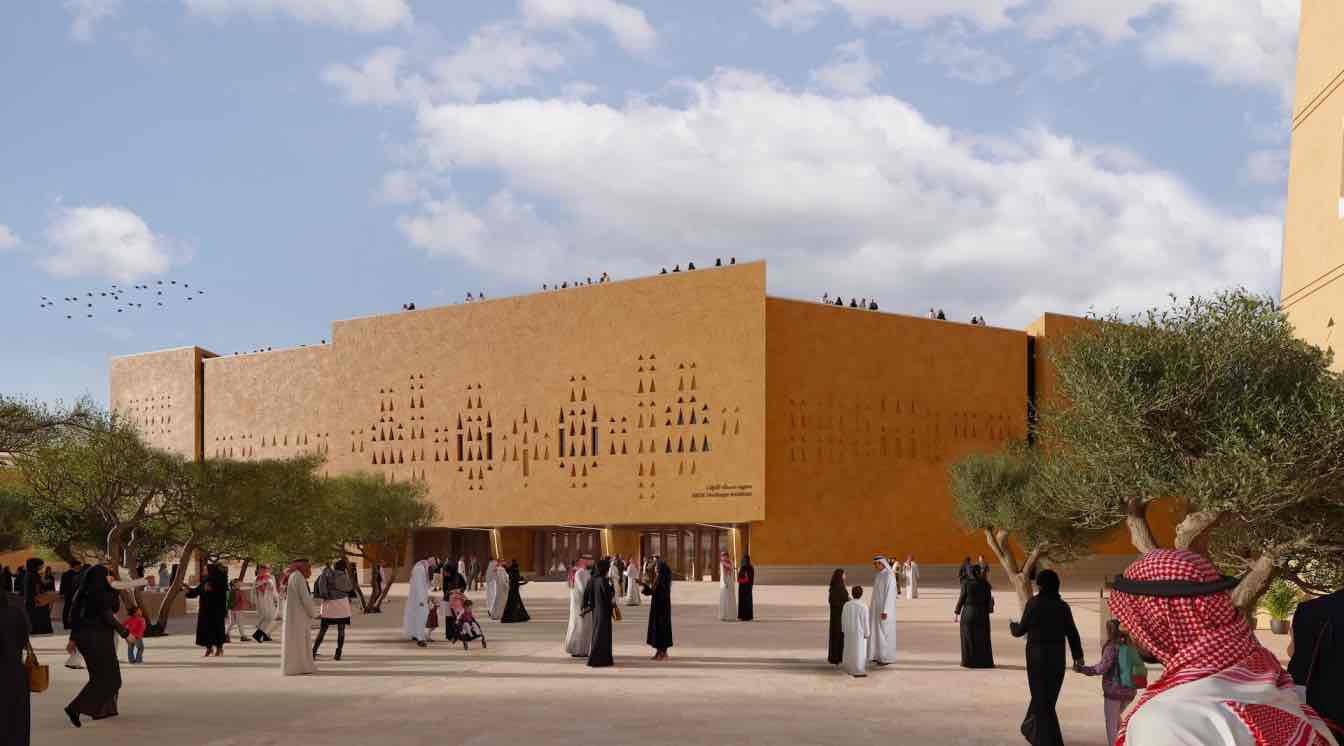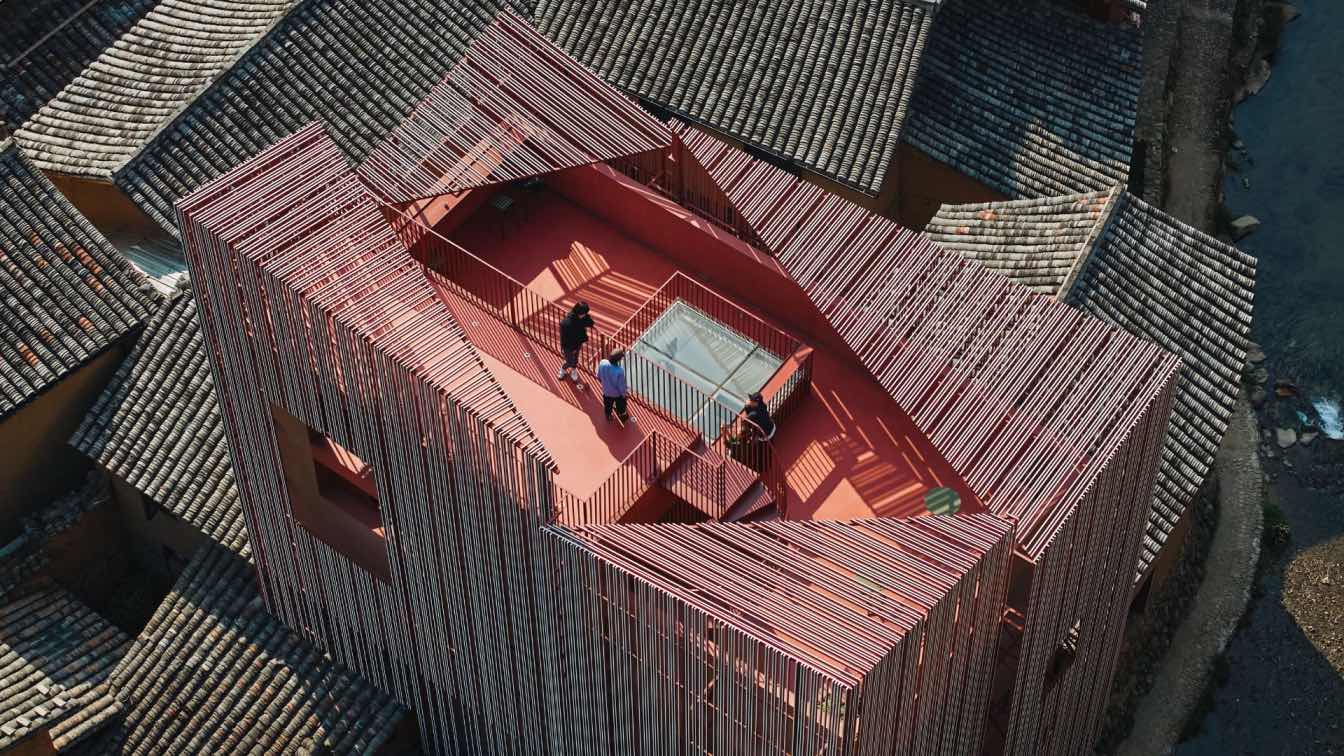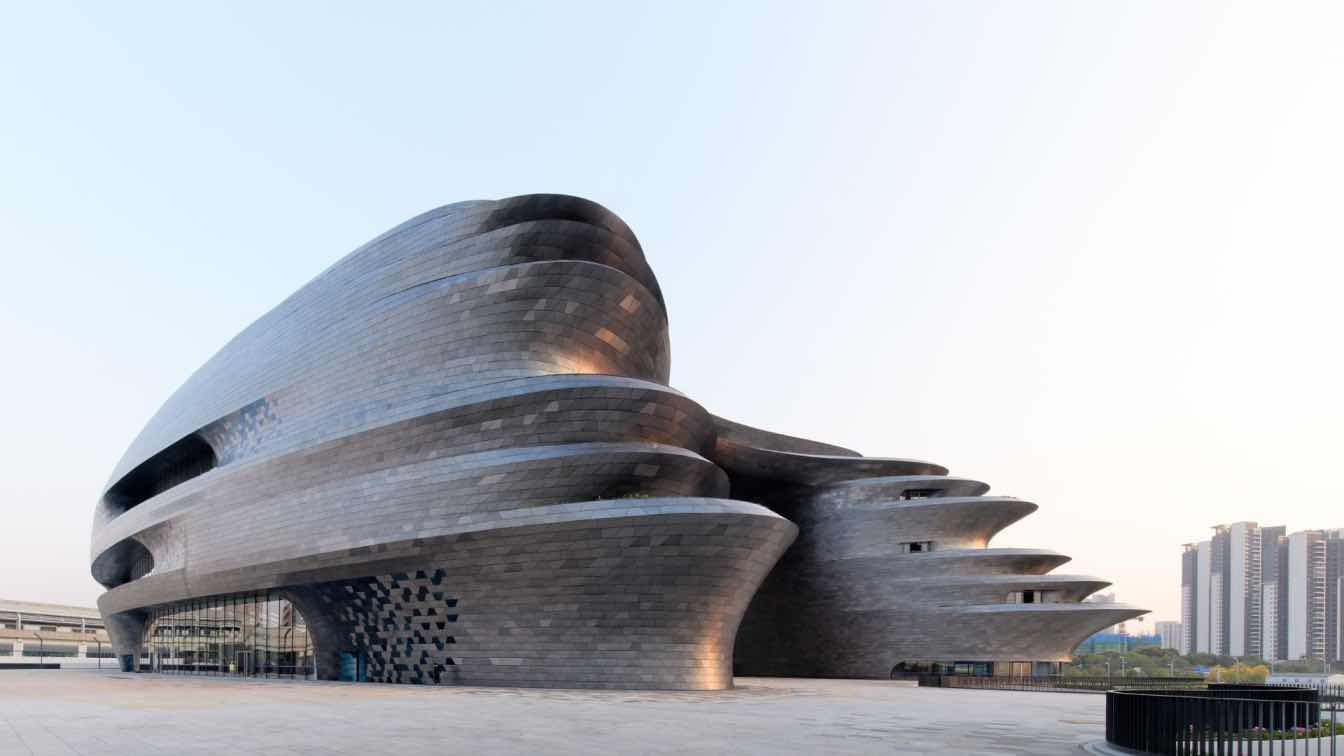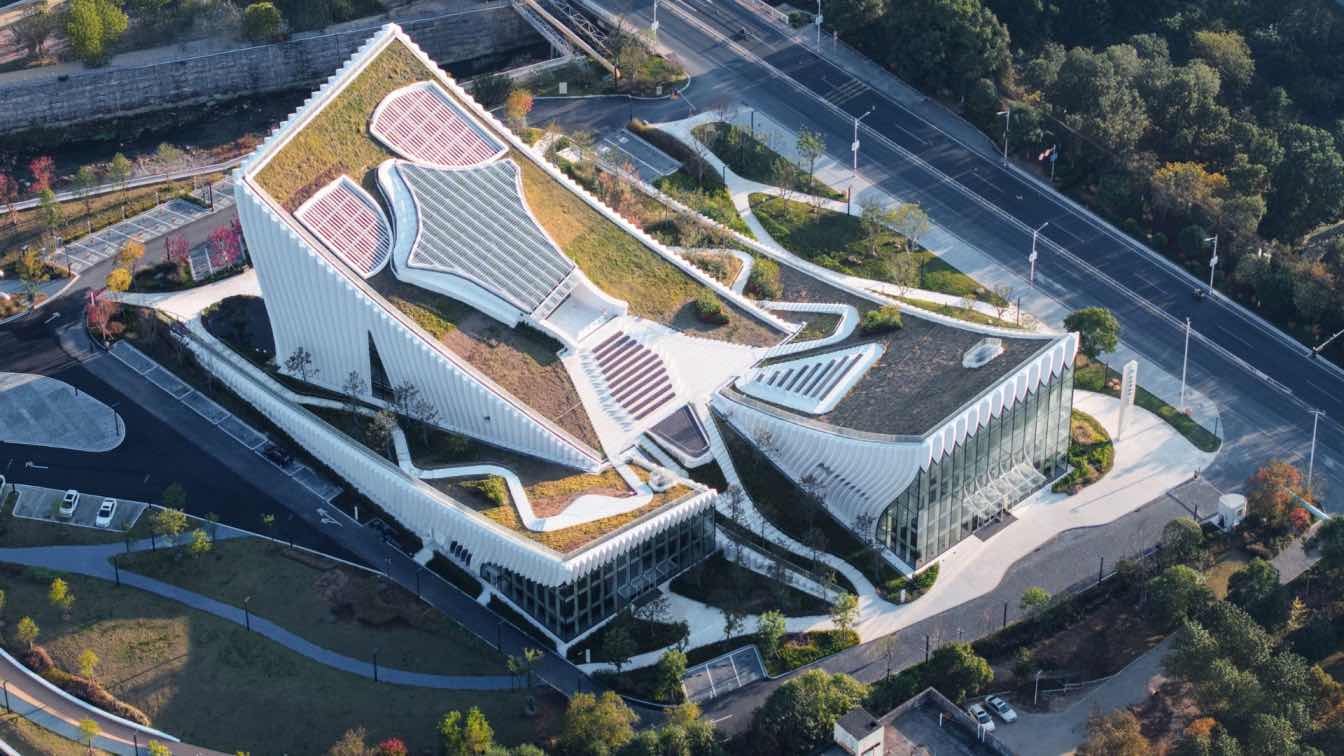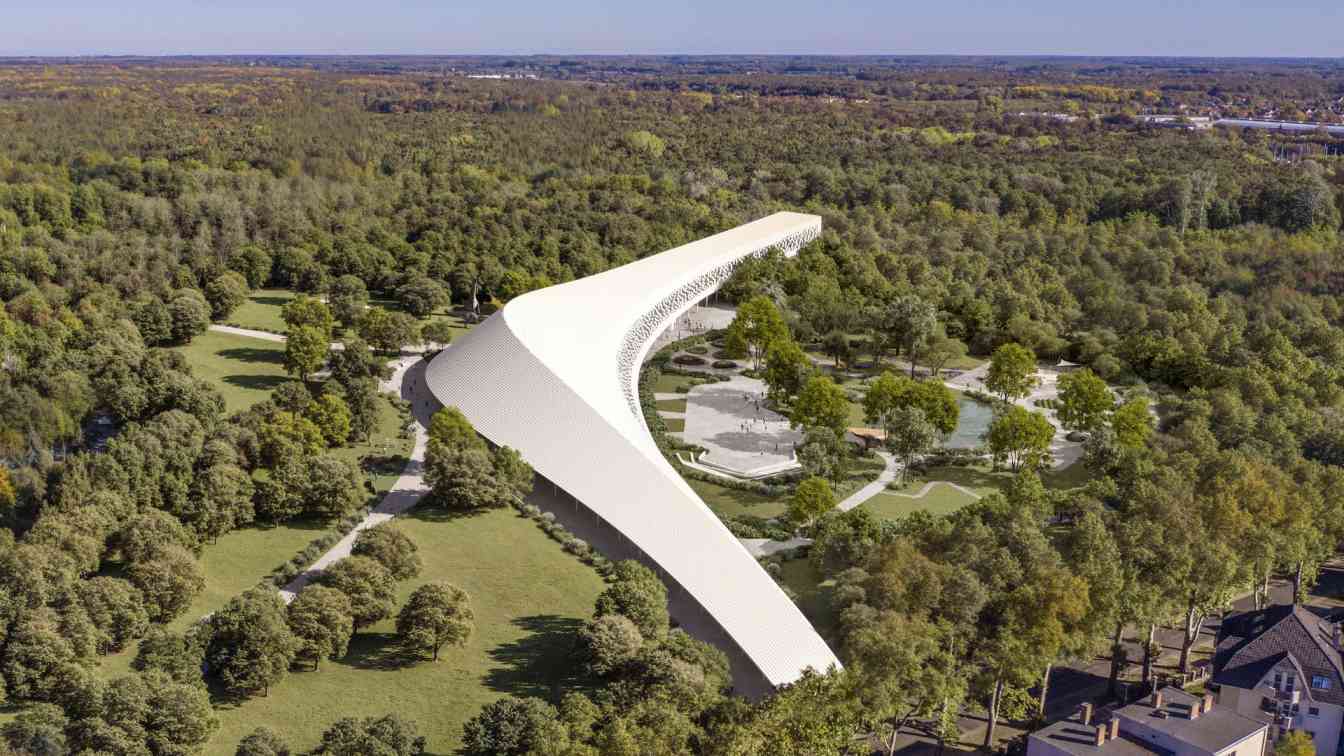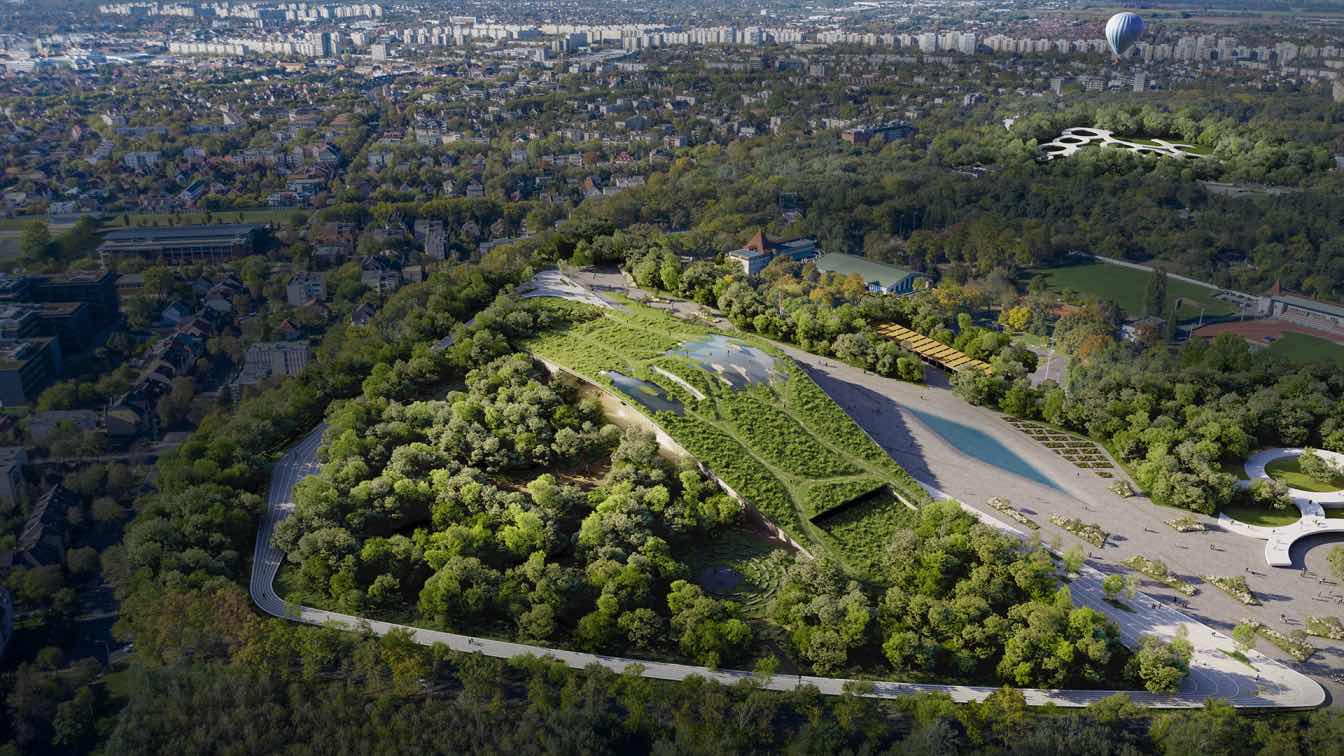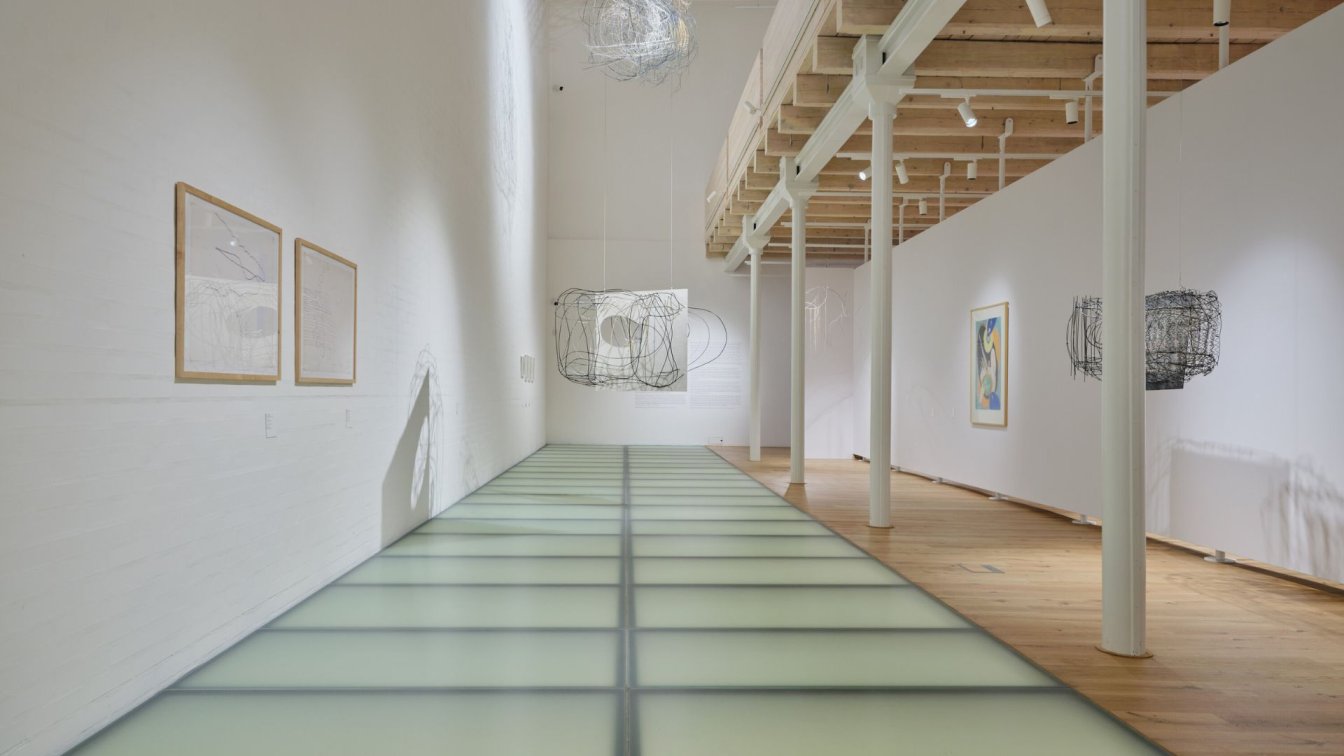The 2023/2024 INSPIRELI AWARDS, the world’s largest student architecture competition, focused on the restoration of Schindler’s Ark — the factory in Brněnec, Czech Republic, where Oskar and Emilie Schindler saved over 1,200 Jews during the Holocaust.
Written by
INSPIRELI AWARDS
Photography
Arks Foundation_Jindrich špaček

